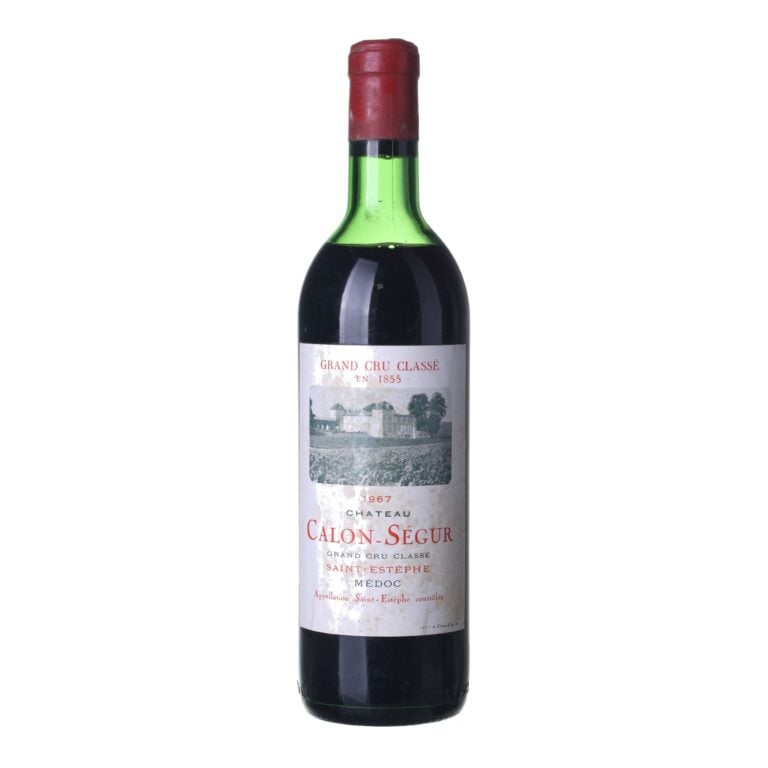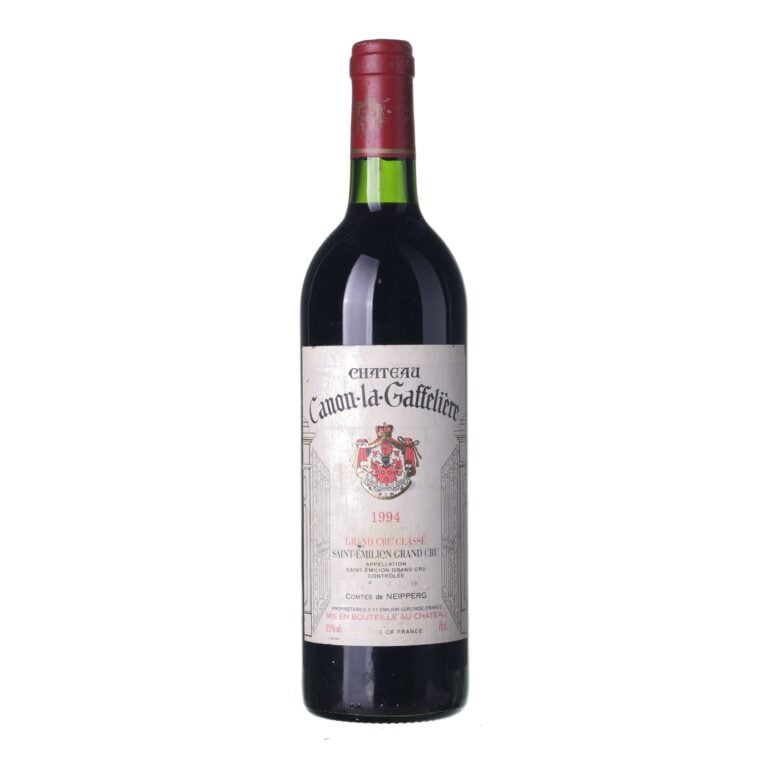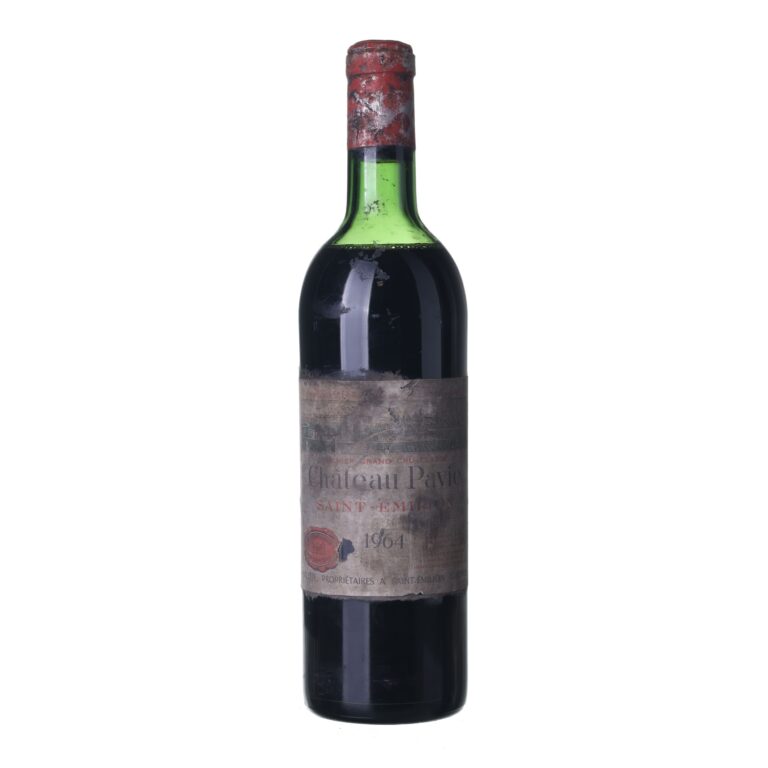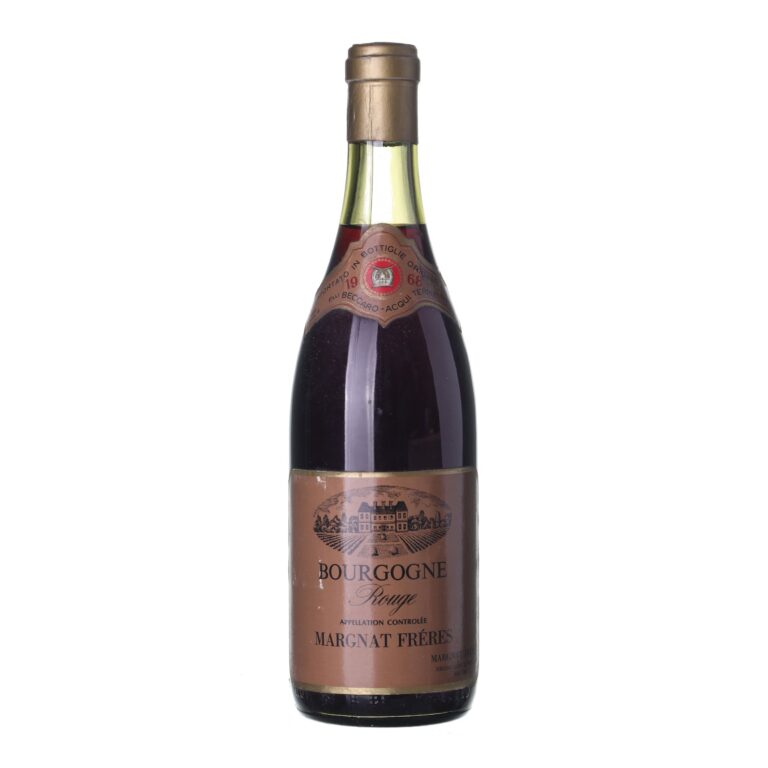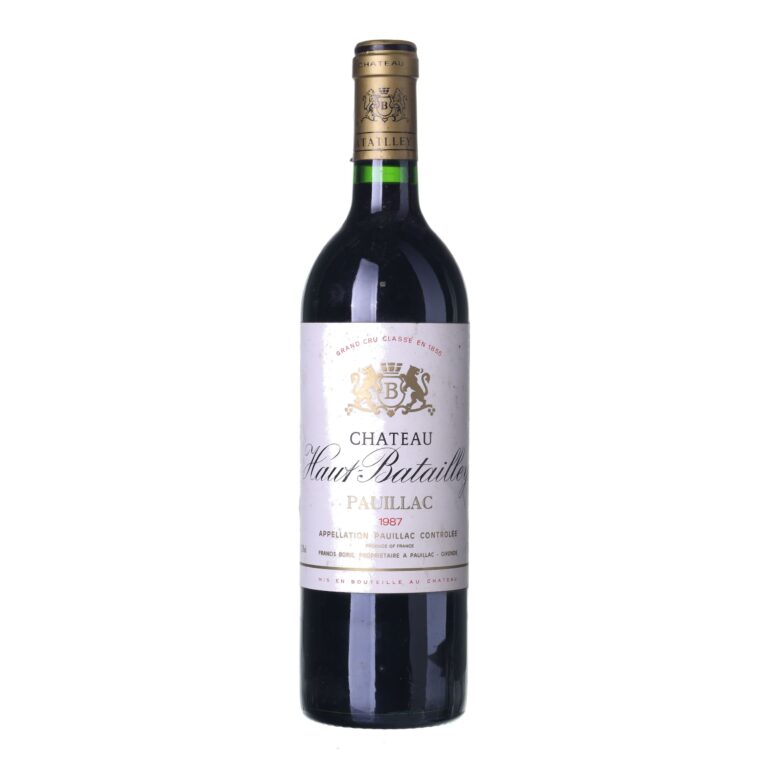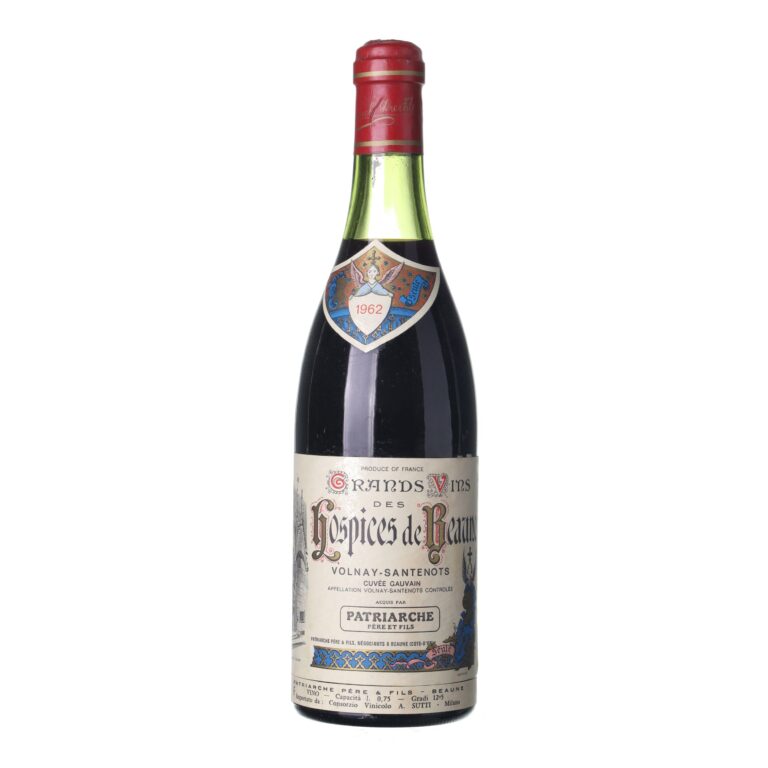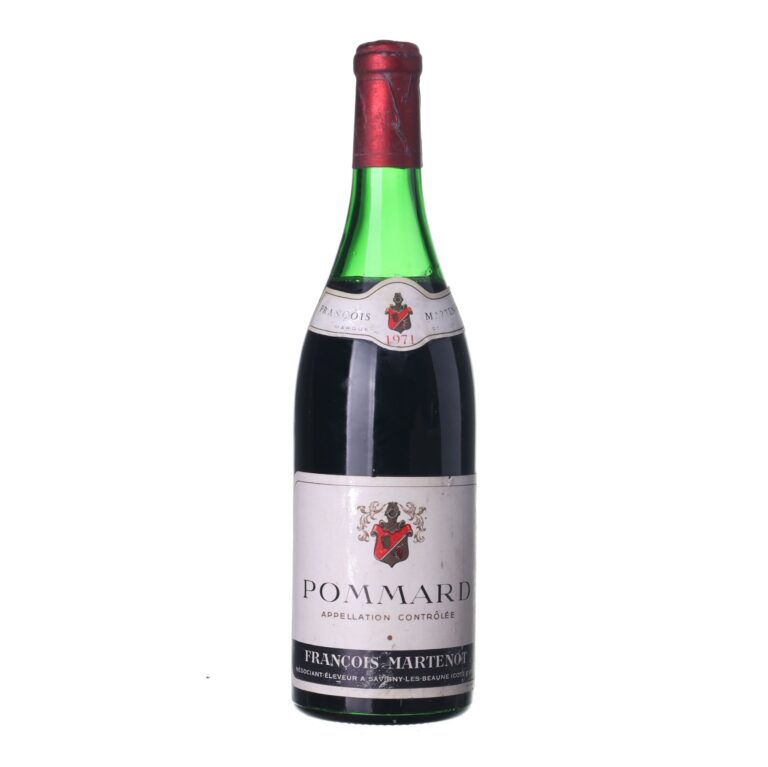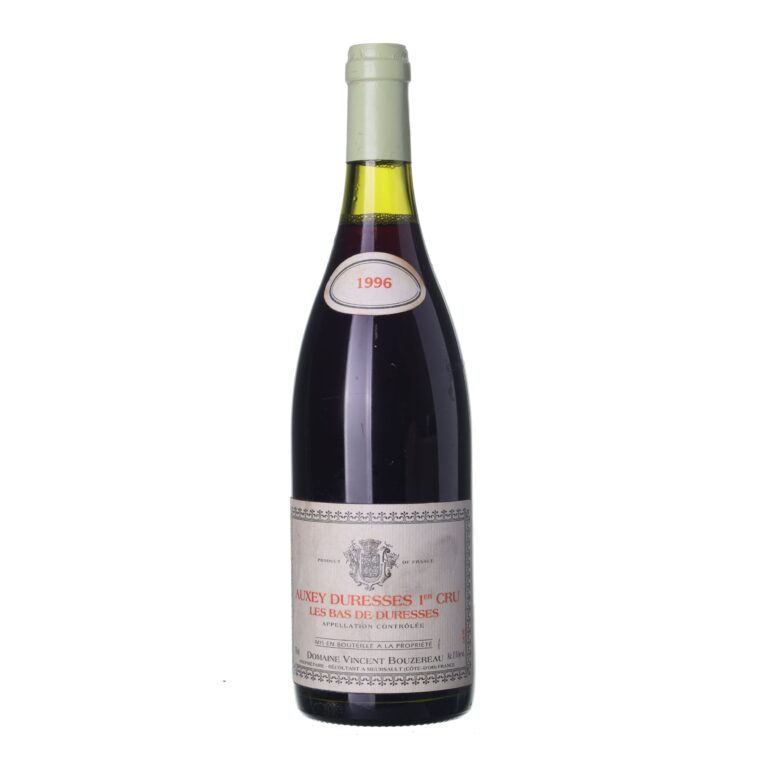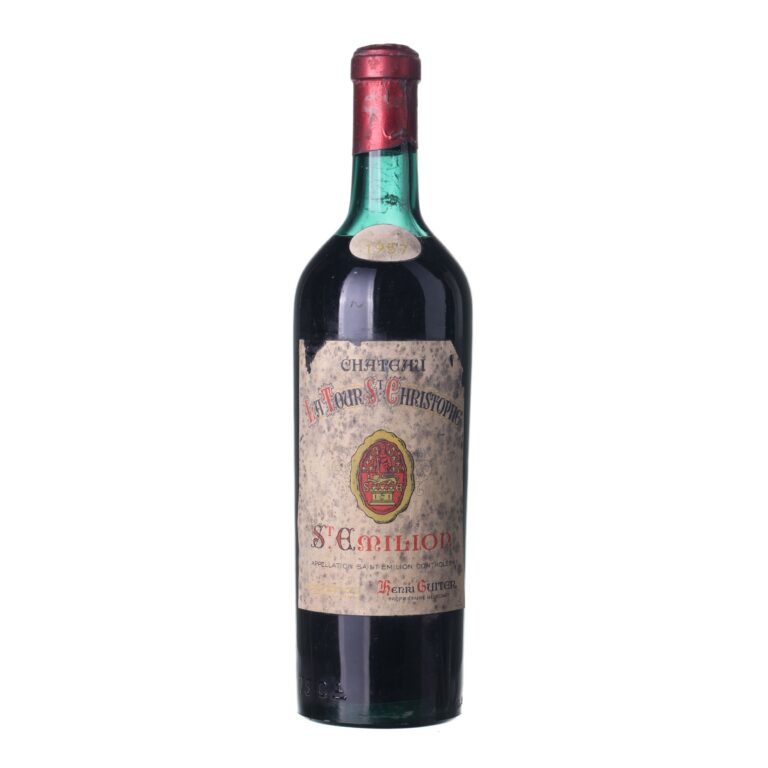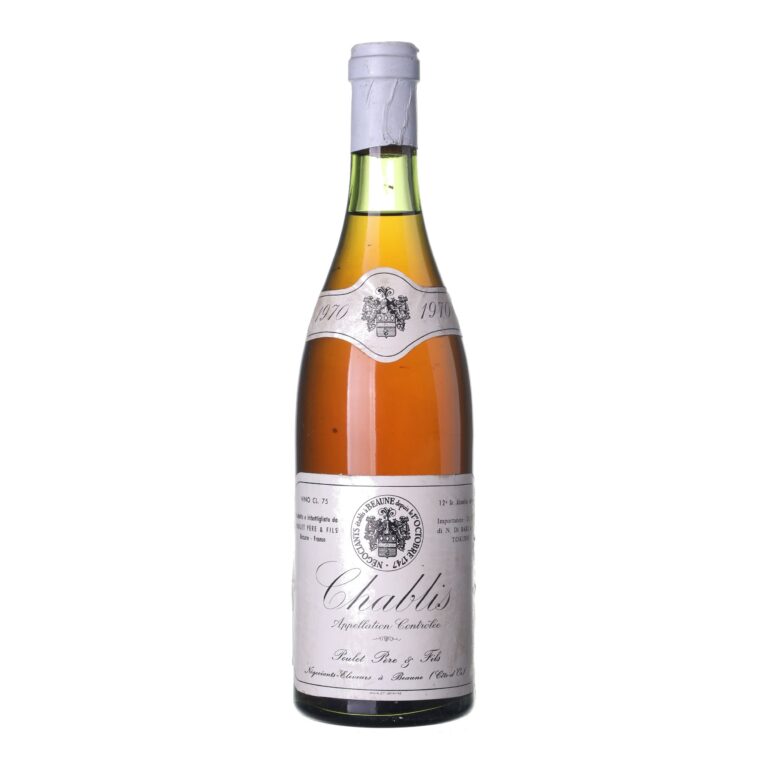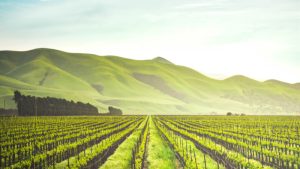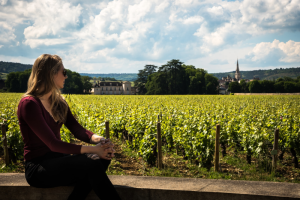Pour Yourself Some Bordeaux—the Vinicultural Gift of France
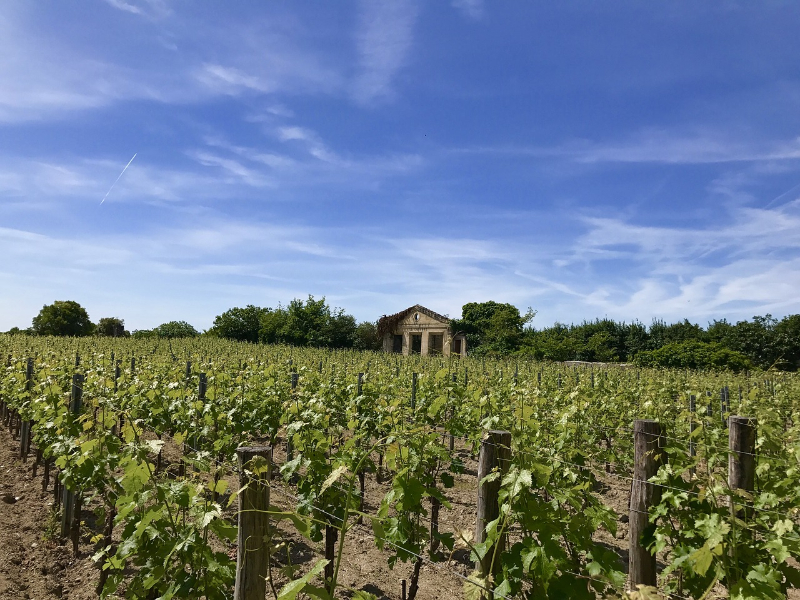
Bordeaux. This winemaking area in Southwest France is the world’s leading producer of great red wines and a household name. Its renown at international competitions and among experts borders on legendary. What, do you ask, makes the grapes of Bordeaux so special?
From the Celts to the Romans
By the time the Romans arrived in this area in the first century AD, they immediately began filling their cups with wonderful wine made by the Celts. The Celts inhabited the area several hundred years before the Romans displaced them. But it was the Romans who turned winemaking into a major industry. They converted fallow land into farmland and established extensive vineyards to support their habit of drinking wine in celebration of military victories.
Many years later (in 1156), after the marriage of Eleanor, Duchess of Aquitaine to Henry Plantagenet, who became King Henry II of England, Bordeaux wine began to gain recognition in England. Before long, wines from Bordeaux were popular all over England, and this piece of the French winemaking paradise became one of the exclusive importers of wine to the British Isles.
More success soon followed, and the export of Bordeaux wine was expanded to the American market. Inspired by this triumph, the business-minded Dutch traders rushed in, drained the marshland along the River Garonne and launched an intensive vineyard expansion campaign.
Things took a downward turn in the next few centuries, when a fungal epidemic struck the area, causing crops to dwindle. This depression lasted until the 20th century, during which winemaking in Bordeaux was revived. Despite the long period of low yield, Bordeaux wine eventually became a worldwide wine superstar.
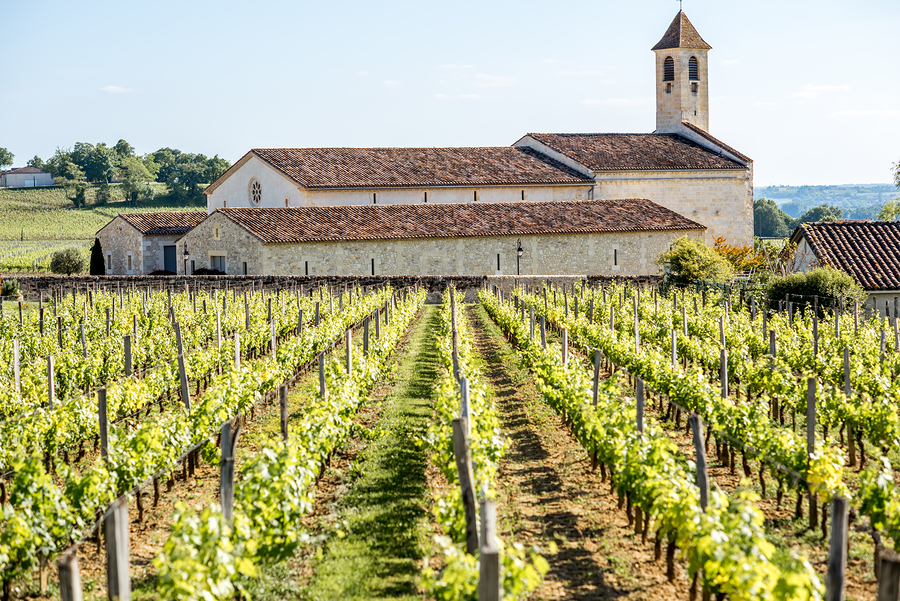
As Dionysus Planned It
When you look at a map of Bordeaux, it almost seems as if the area was designed for winemaking. Like a pair of scissors, the Garonne River cuts through the region, dividing it into two parts. The left bank is closer to the Atlantic and offers gravel-based soil, suitable for grape varieties that require longer to ripen.
The soil on the right bank of Bordeaux is dominated by limestone and clay—just the way Merlot grapes like it. Add the region’s stable humidity and short winters to the mixture, and you get a wine-lovers’ paradise.
If you get your hands on a bottle of Bordeaux, it will most likely be a cuvée of Cabernet Sauvignon, Merlot or Cabernet Franc. You may also encounter white wine made from the grape varieties of Sauvignon, Sémillon, or Muscadelle. And there is also sweet wine—the famous Sauternes, with the reputation of one of the best dessert wines in the world.
Médoc, Saint-Émilion, and Graves
You will be hard-pressed to find a wine enthusiast who will not remember at least one of these appellations when discussing French wine. Médoc, Saint-Émilion and Graves are distinct but have one thing in common: they are the home of the most renowned wines with a Bordeaux vignette.
Médoc
Probably the best-known of the three, a region north of the city of Bordeaux. It comprises 1,500 vineyards. Its location close to the Atlantic results in abundant rainfall, which is beneficial for grape vine root production.
But the main secret is hidden in the local terroir with a rocky gravel soil, which has excellent water drainage while keeping the heat in. The most commonly grown varieties are Cabernet Sauvignon and Merlot.
Saint-Émilion
Saint-Émilion is a small commune located north of the city of Bordeaux. It is smaller than Médoc but no less renowned. The local soil base is predominantly gravel. The best wines from Saint-Émilion include the local Merlot and Cabernet Franc with a typically spicy flavor.
Graves
This sub-region, whose name means “gravel” in French, is known for its wide variety of wines. The production is dominated by red wines but dry wines and sweet wines are also produced. Graves is considered the birthplace of claret. The red wines produced here are most commonly cuvées of Cabernet Sauvignon, with a small representation of Merlot and Cabernet Franc, and the white wines are a blend of Sémillon and Sauvignon Blanc.
If you are intrigued by Bordeaux wines or want to introduce your friends or family to them, see our selection of interesting, time-tested wines from Bordeaux. A Bordeaux wine makes a perfect milestone birthday gift or a great addition to your wine collection.
Select wines. In your email.
once every month. You can look forward to our recommendations, interesting content, and great offers for your archive for your archive.
By sending an email you agree to the Terms and Conditions for Protection of Personal Data


